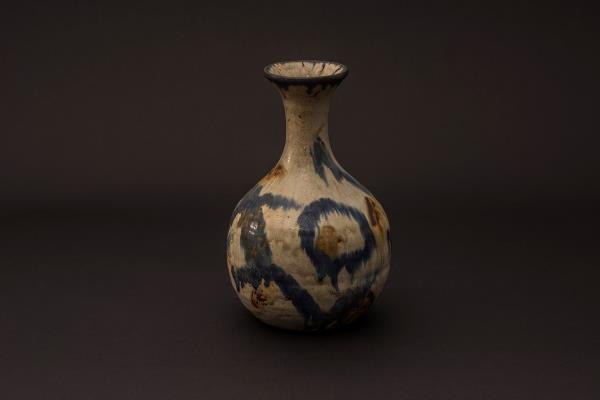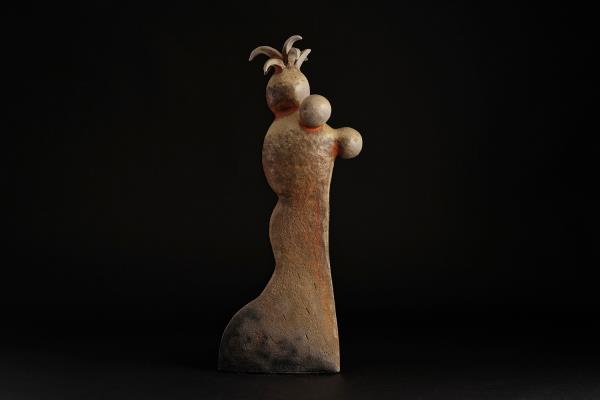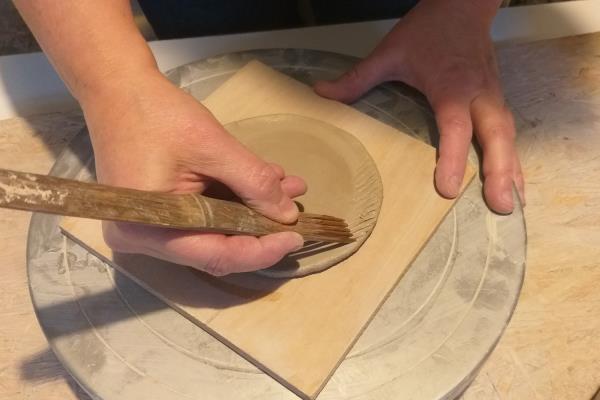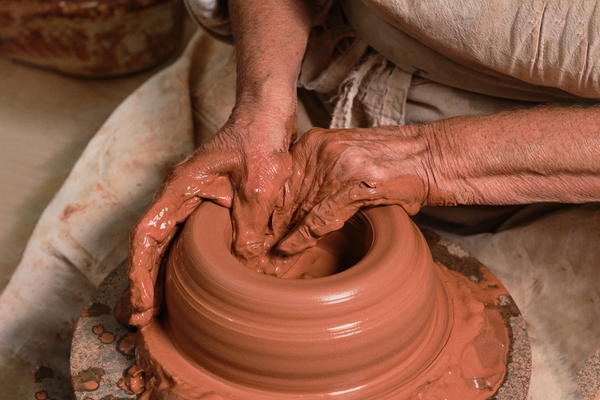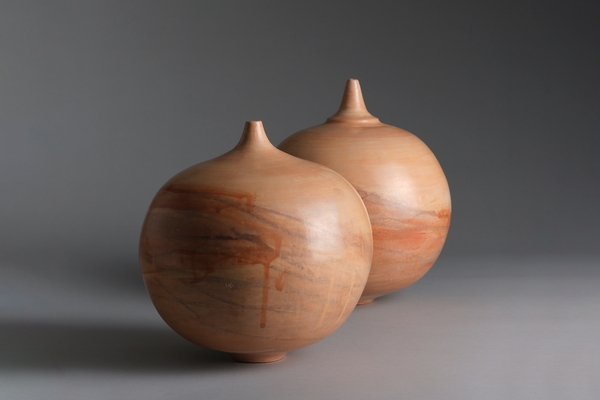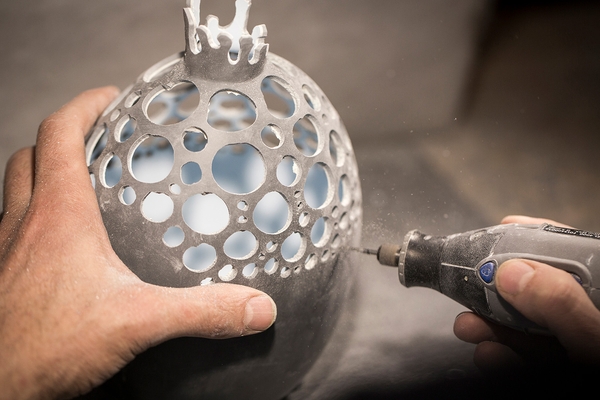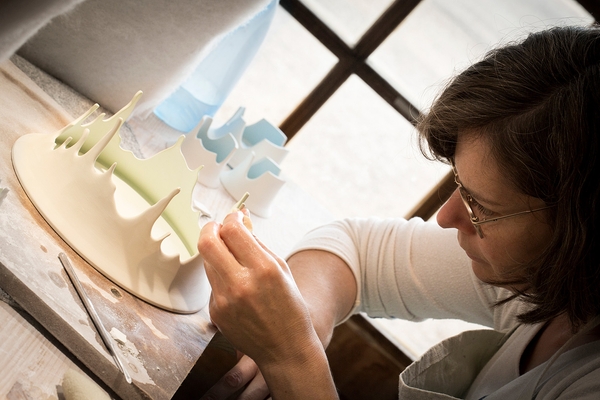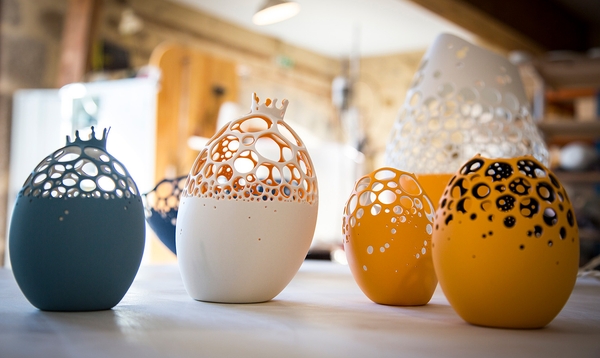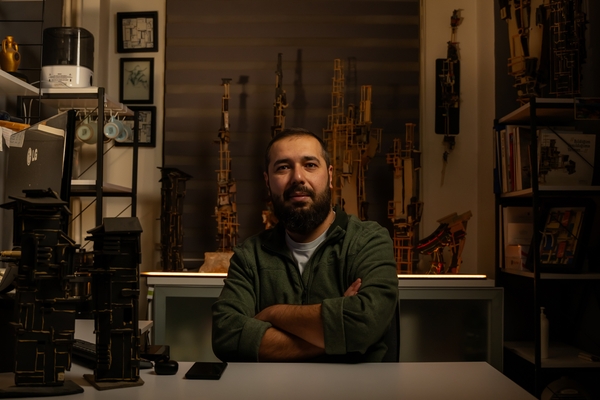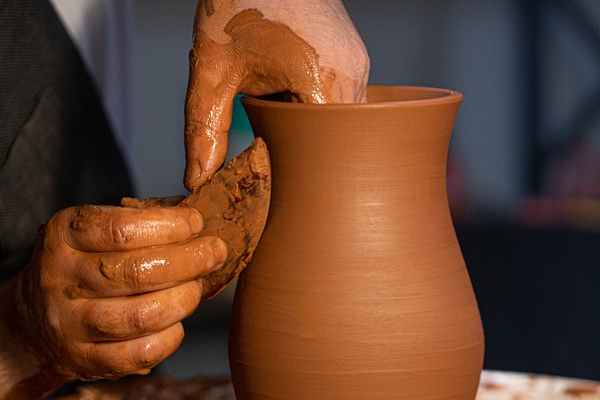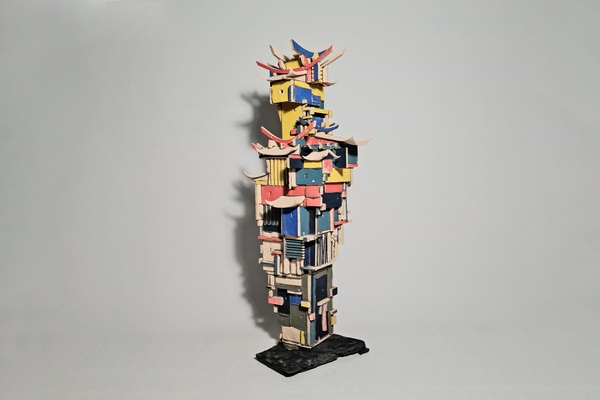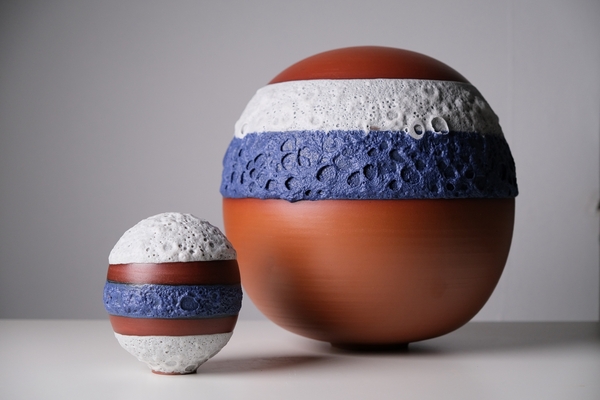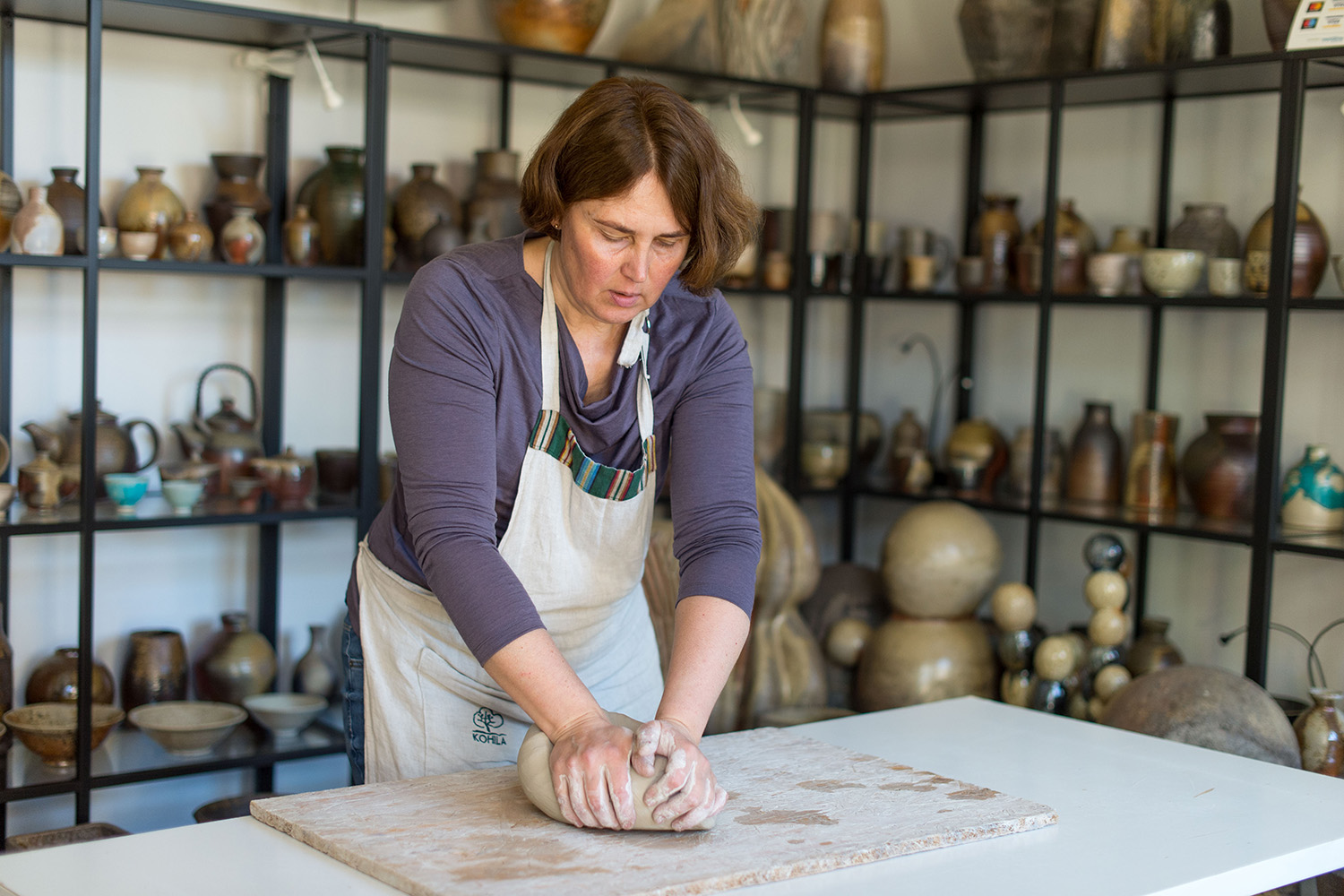

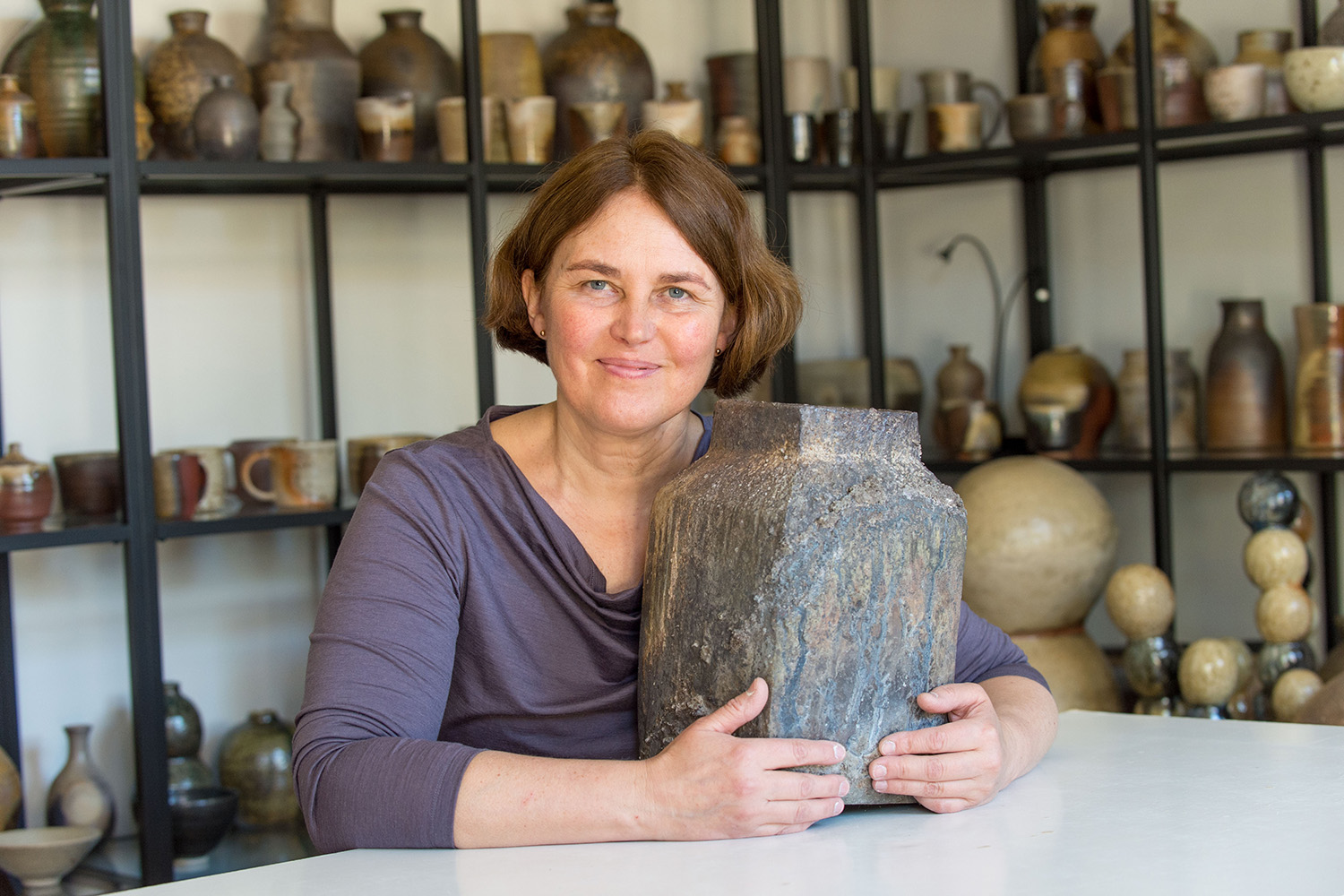

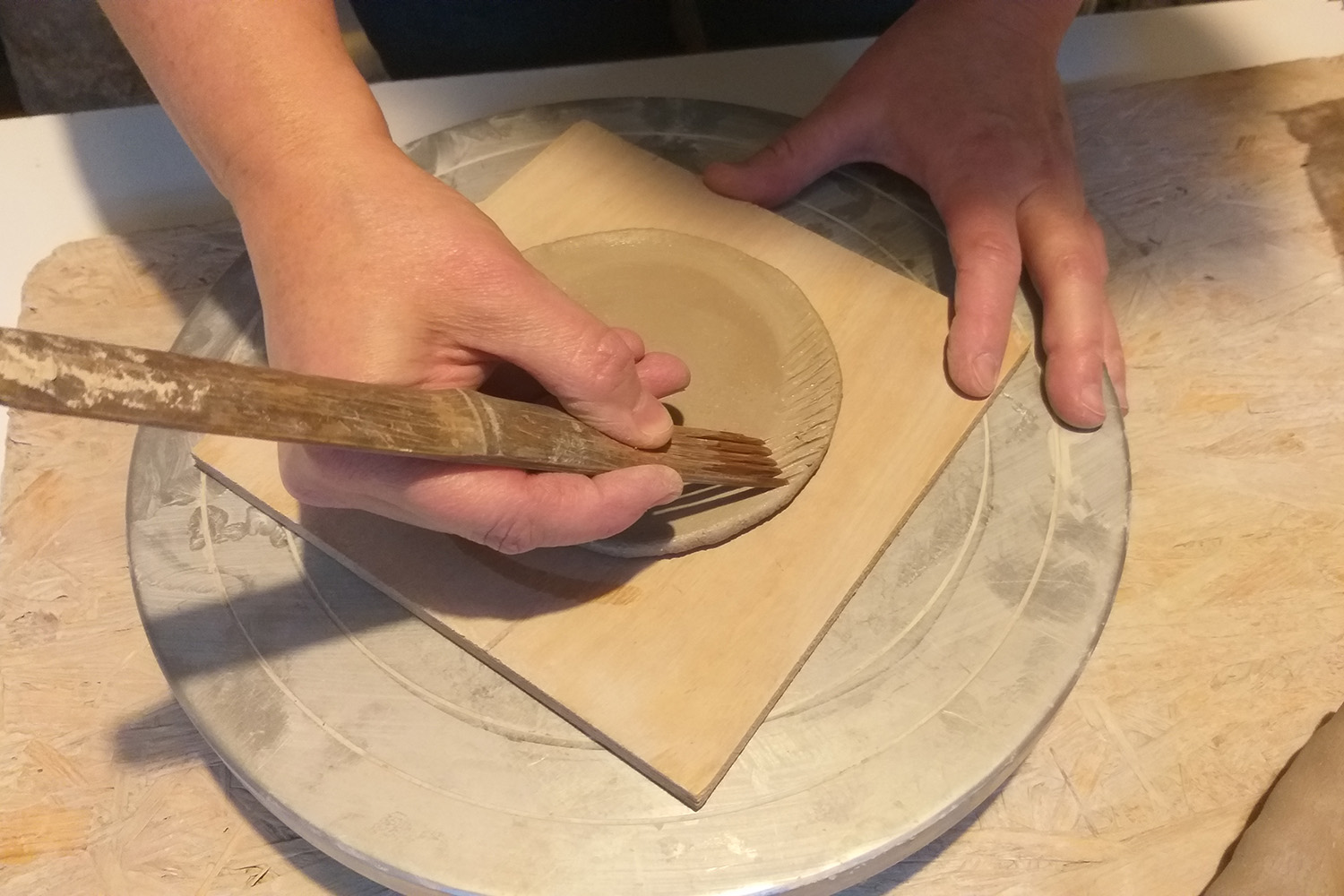



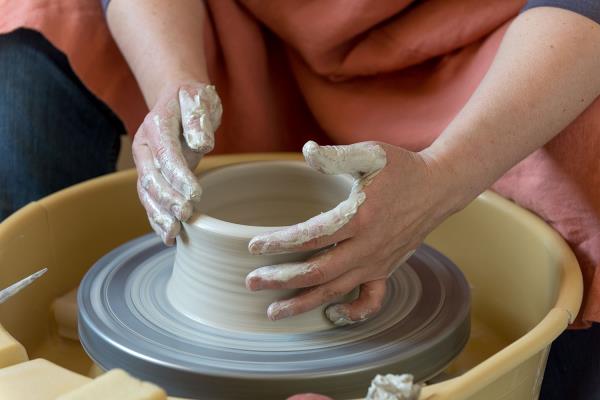

Beautiful surprises emerge from the kiln
- Beatričė makes restrained and distinctly subtle ceramics
- Pottery, for her, is a source of endless surprise and beauty
- She specialises in anagama
Beatričė Kelerienė’s studio is filled to the brim with countless hazel-coloured cups and vases. They have been fired using a unique and sophisticated technique called anagama. Since 2003, Beatričė has spent time learning this traditional pottery craft in a workshop in Japan, alongside studying and researching traditional kilns. She also set up a pottery studio in Misato. Her ceramics have repeatedly been praised in Japan’s most prestigious pottery competitions. Beatričė's pieces impress with their dignified simplicity. She fires them in a high-temperature wood-burning kiln and glazes them with molten wood ash. Artisans working with anagama have to surrender to the magic of chance, as they never know what the kiln will gift them.
Interview

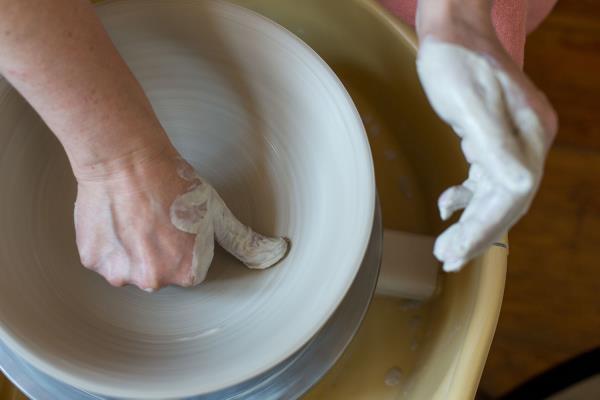
- Why did you decide to become a ceramicist?
- I studied graphics at M. K. Čiurlionis School of Art, but my imagination struggled with two-dimensional composition. Pottery attracted me because of the opportunity to work with my hands. I realised that I find spatial, volumetric objects more interesting and more beautiful.
- What do you like most about pottery?
- Touching and throwing clay are the most pleasant moments in ceramics. There is also the moment when you can only imagine your future piece but cannot know exactly how it will appear from the kiln. There is always an element of surprise.
- How do you decide that a piece is really good?
- When I look at it three years later and still like it. A good artefact does not depend on fashion – it remains good after 10, 20, or 100 years.
- What inspires you to create?
- The desire to see what hasn’t existed yet. The feeling of surprise, the transformation of materials. You can be moulding the same object again and again, yet each time the outcome will be different. So much depends on the clay, the weather conditions, the temperature, the reduction, the oxidation.
Beatričė Kelerienė is a master artisan: she began her career in 1990 and she started teaching in 2011
Works
Where
Beatričė Kelerienė

